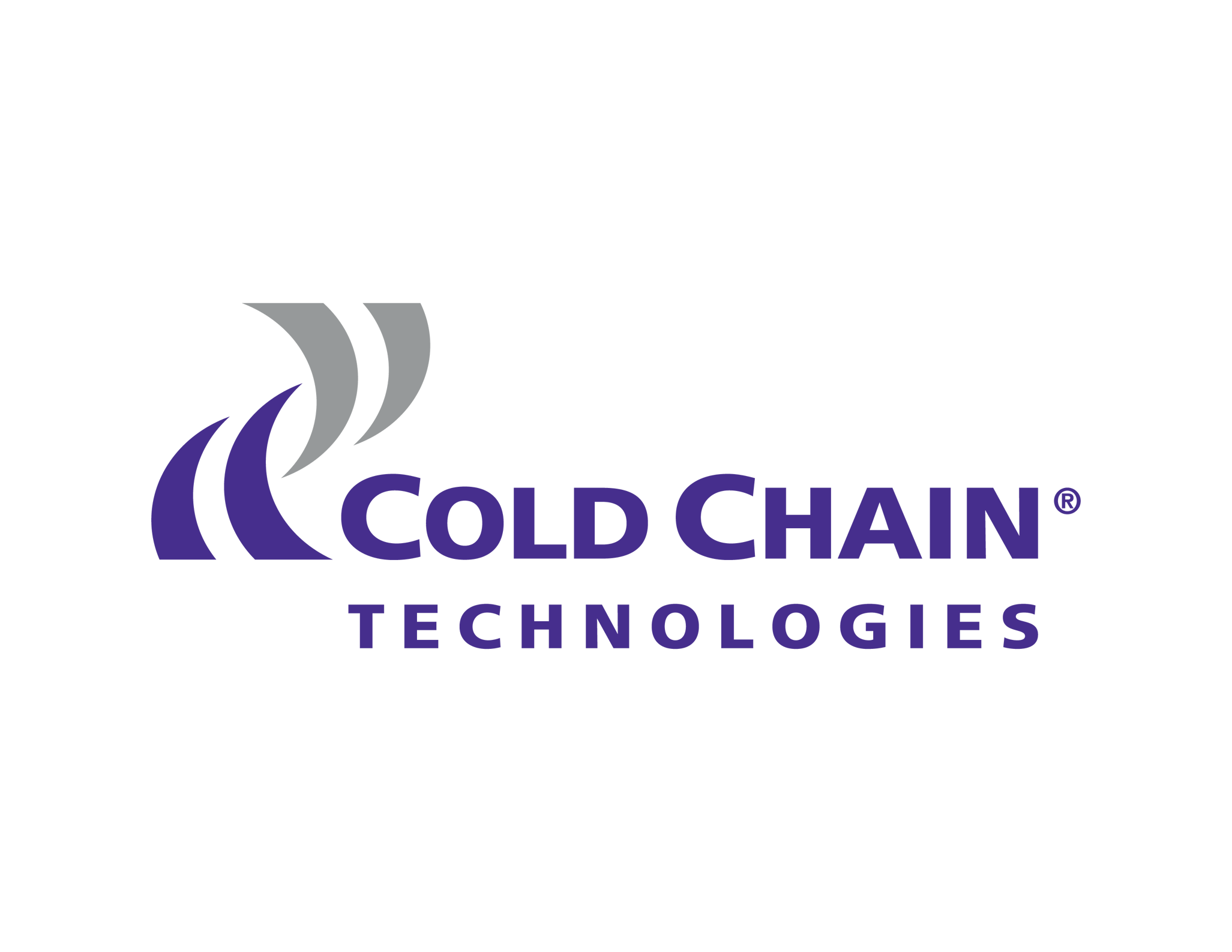Answers to your questions about cold chain temperature monitoring in the cold chain management process
A chart recorder is a specialized electronic instrument used to record the ambient temperature in the cold supply chain. Ideal for ultra-low temperature environments such as freezers and refrigerators, chart recorders provide an easy-to-read historical temperature record.
The quality, viability, safety, and efficacy of your cold supply chain products is directly related to temperature. And because of this, temperature cannot be a guessing game in your cold supply chain.
You need to be confident that your cold supply chain products are constantly kept within ideal temperature ranges. This depends on using the ideal balance of cold supply chain technology and cold supply chain management best practices.
Having visibility into your cold supply chain ensures you can track every step of your cold supply chain. This is good for you, good for your customers, good for the quality and integrity of your products, and helps minimize product waste and loss.
The Importance of Cold Chain Monitoring
Cold chain monitoring through-out the cold supply chain gives you real-time information on the status of your cold supply chain products. As important as your thermal packaging, cold chain monitoring is a critical in protecting your products.
Internet of Things (IoT) technology has brought large gains to cold chain monitoring best practices and the overall quality of the cold supply chain. Cold chain and thermal packaging products including data loggers, temperature indicators, and specialized sensors give companies real-time visibility and status updates on their cold chain product.
Using IoT technologies as part of your cold chain monitoring strategy gives you these key benefits and advantages:
- Mitigate and prevent product loss with real-time updates into the environment and status of your cold chain products.
- Build brand loyalty and brand trust with your customers. Your customers expect their orders to be of high-quality and to arrive on time. IoT cold chain monitoring allows you to make these promises and meet customer expectations.
Identify gaps in your cold supply chain with historical and real-time records detailing how your products move through your cold supply chain. Use this data to troubleshoot and strengthen your cold chain management practices, ensuring you can limit loss, save time, and meet regulatory standards.
6 Reasons Why Cold Chain Management Must Be a Priority
Cold chain management must be a priority for these 6 reasons:
Integrity of Goods and Products
The safety, integrity, quality, and use-ability of goods and products depends on cold chain management. Modern cold chain management using the latest in thermal packaging, temperature tracking and monitoring, and storage helps ensure the safety, quality, and integrity of temperature-sensitive products.
Product Safety
Effective temperature control and monitoring means your standards and regulatory standards are met – keeping people safe. 24/7 monitoring of temperature, humidity levels, air quality, GPS location, energy use, delivery, and storage conditions, and more are key aspects of modern cold chain management.
Reducing Waste and Loss
One of the largest challenges of any supply chain is preventing product waste, damage, and loss. With cold chain management, products are monitored and tracked through-out every step of the cold supply chain. Companies depend on advanced thermal packaging, sophisticated refrigerants, reefers, cold chain parcel and pallet systems, temperature monitoring, and specialized insulated containers to protect and secure their goods and products.
Improving Efficiency
Moving goods and products across the country and waterways is not a simple process. It’s costly, time-consuming, and can be inefficient. Because cold chain management uses integrated smart IoT-enabled tracking and monitoring, companies can streamline the transport, delivery, and storage of their products – helping to improve efficiencies and reduce costs.
Customer Service
Your B2B and B2C customers want your products and goods. But they expect these products to arrive on-time and adhering to high levels of quality and safety. Cold chain management services such as Just in Time (JIT) delivery of thermal packaging supplies and a cold chain best practices GAP analysis ensure you and your customers benefit from an efficient, streamlined, and cost-effective cold supply chain.
Compliance and Regulatory Standards
It is essential companies are up to date with the latest FDA, CDC, Canadian, EU, and World Health Organization standards and regulations.
For example, the US FDA Food Safety Modernization Act (FMSA) rules are centered around the prevention of food contamination. These rules and those of the Sanitary Transportation of Human and Animal Food, outline regulations around in-transit temperature tracking requirements and data monitoring.
Additionally, the CDC has detailed guidelines for maintaining and managing the vaccine cold chain. These include recommended storage temperatures, vaccine storage requirements, and temperature monitoring.
Maintaining the correct temperature and product environment is a critical success factor in the cold supply chain for everyone involved from the manufacturer, shipper, through to the end-customer. The good news is that with thermal packaging, real-time IoT technologies, and experienced packaging engineers, it is possible to keep the cold supply chain running effectively and smoothly.
Preventing Risk within the Cold Supply Chain
No one wants to talk about risk, but as we have learned over the past 18 months, there is a great deal of risk within the supply chain and cold supply chain. Long-used processes and strategies for moving goods and products around the world, quickly became unreliable and risky.
You cannot take chances with your cold supply chain.
When thinking about temperature monitoring and management, thermal packaging requirements, and your cold chain monitoring technologies, keep in mind these all-too common risks within the cold supply chain:
- Equipment failure and poor thermal packaging decisions are the biggest risks to your cold chain products. A cold chain best practices GAP analysis can help you mitigate these risks and protect you from loss.
- Lack of cold chain infrastructure can make even the most advanced cold chain technology ineffective.
- Insufficient regulatory knowledge, compliance, and due diligence can create delays in document approval, customs clearance, and even prevent port entry.
- Natural disasters, pandemics, and unexpected threats can cause a complete break-down in the cold supply chain and supply chain. It’s imperative you have a cold supply chain disaster management plan in place to mitigate short- and long-term impacts.
- Successful shipping, delivery, warehousing, and storage of your cold chain products may be compromised by the improper handling of goods, hardware and coolant failure, supply chain interruptions such as traffic slowdowns or clogged transport hubs, and more.
- Cold chain technology and using the right thermal packaging at the right times can only go so far in protecting against human error and mistakes in the handling and care of your temperature-sensitive products and goods.
Knowing and acknowledging these real-world cold supply chain risks can help you make better decisions about temperature monitoring technologies, thermal packaging, and cold supply chain troubleshooting.
Did You Know? The cold supply chain dates to the 1700s when fishermen used ice to keep their fish cold and fresh. The first portable air conditioning unit for trucks was patented in 1930 by Frederick Jones. And by the late 1930s, refrigerated trucks and rail cars were trusted with moving perishable food across the U.S. Ultimately, the Interstate Highway Act of 1956 encouraged growth in the cold supply chain.
Advances in Cold Chain Monitoring Technology
Cold chain monitoring technology has come a long way since the early days of using ice to keep food cold. A combination of emerging technologies, the Internet, customer demand, and underlying global supply chain challenges has created the ideal environment for advances in cold chain monitoring technology.
While tools like chart recorders do have their place within the cold supply chain, many companies are realizing the value of using IoT, AI, and mobile technologies to monitor every aspect of the cold supply chain.
As you review your cold chain management best practices and identify gaps or areas for improvement, keep in mind how these technologies are reshaping cold chain monitoring:
Blockchain
This irrefutable ledger system gives companies a definitive record of every aspect of the product’s journey. From the materials used, how it was packaged, when and where it was shipped, temperature and environment details, and who received it and when, can be stored on the blockchain. This gives companies the ability to turn data into useful practical information they can use to improve every aspect of their cold supply chain.
Automation
More and more companies are using autonomous mobile robots in their warehouses and distribution centers. These autonomous mobile robots can be used to load and move pallets, pick and pack products, speed the packaging and delivery process, and reduce the amount of human labor in warehousing and distribution. Not only does this speed up processing of orders, but it allows companies to use people for more highly skilled and less dangerous tasks – ultimately helping to eliminate injury risk and human error.
Artificial intelligence and machine learning
The boom in IoT-enabled cold chain monitoring technologies has created unprecedented amounts of data. AI and machine learning allow companies to turn this data into an asset with real-time review, analysis, and decision-making. Predictive analysis of delays and risk is one example of how AI and machine learning can help eliminate loss and speed the movement of goods through the suppl chain.
Smart Technology
Every aspect of the cold supply chain can be converted to data, generating real-time updates and feedback. Whether it’s real-time temperature monitoring with Bluetooth-enabled updates to your smart device or IoT sensors monitoring the flow of goods to identify slow-downs or improving fleet communications with instant messaging and handsfree technology – smart technology is a must-have in the cold supply chain.
Now, thanks to innovative applications of the same technology used to alert you of a winter storm or to help you choose a movie to watch – you can strengthen and improve your cold supply chain.
Our team of thermal packaging engineers and designers work with cutting edge technology to create the products you need to give your customers your best.
Sign up for Cold Chain Tech blog updates to learn the latest in cold chain monitoring technology and thermal packaging, and how the Cold Chain Tech team helps you maintain the integrity, safety, and quality of your temperature-sensitive products.


